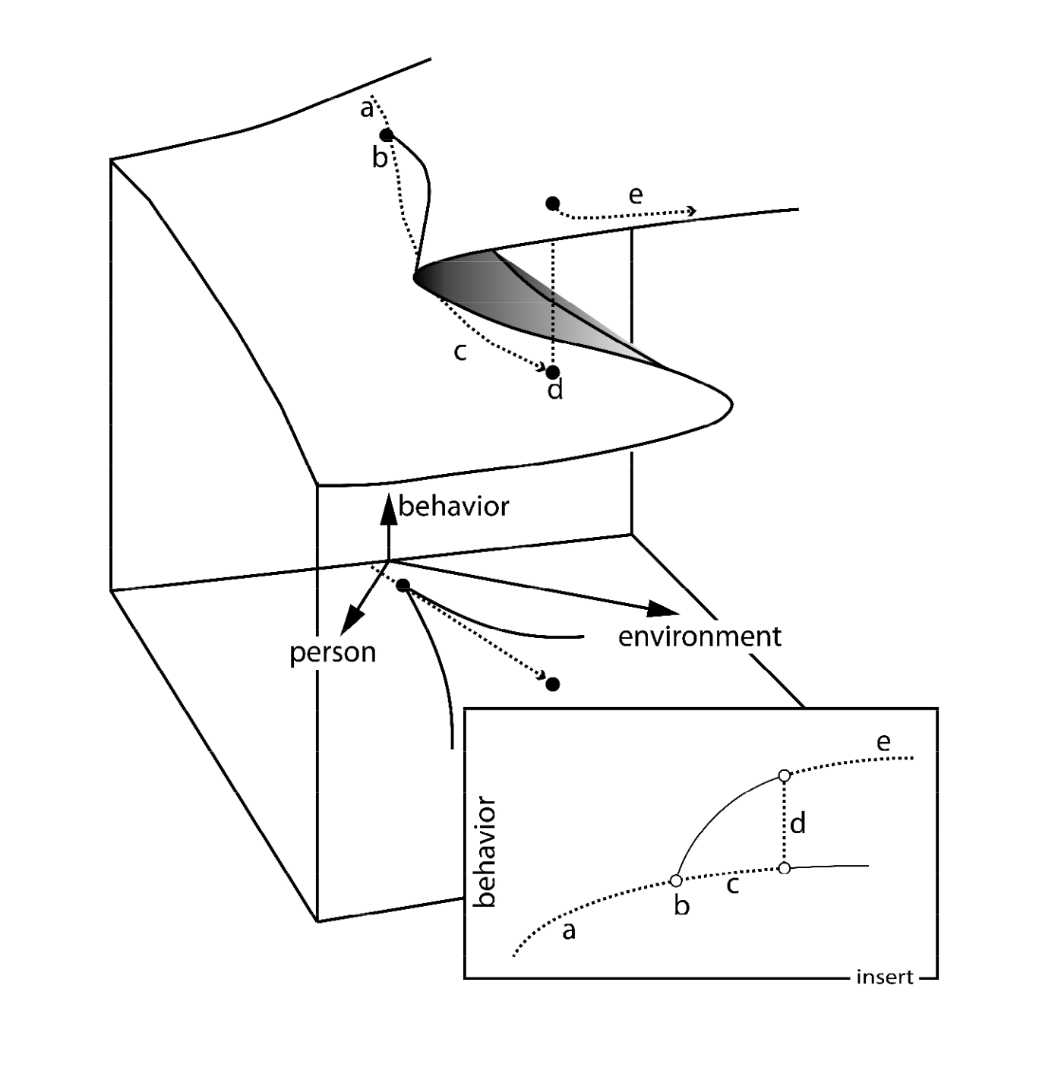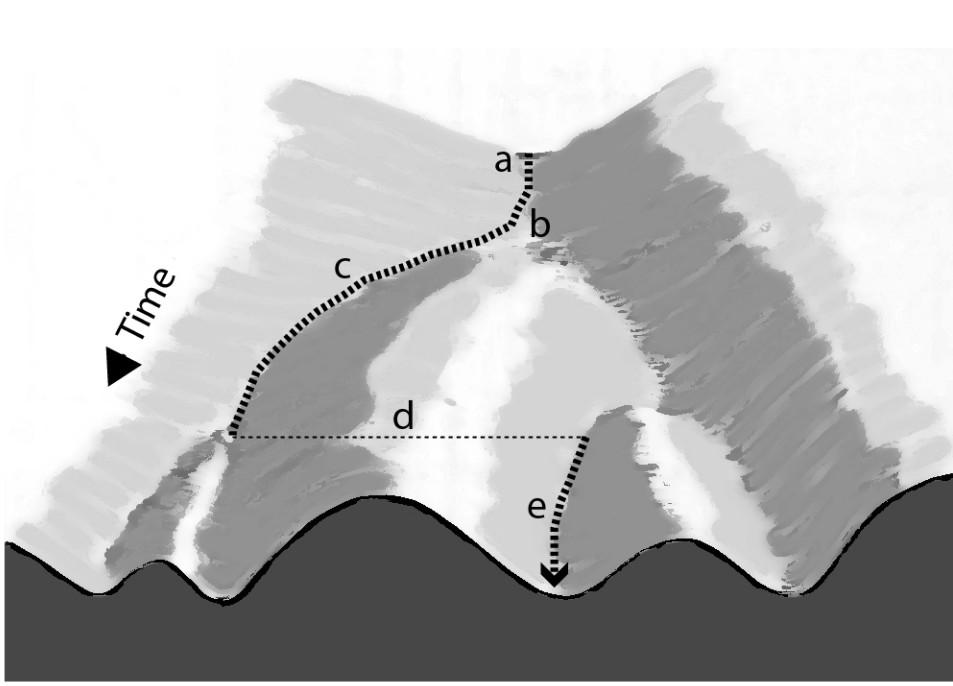Our most essential discovery in practice has been the substitution into hypertext of a history sensitive link. This embodies the original idea of a Trail and the interpretive process dubbed trail climbing.
~
As I write this I have lived with and incrementally improved federated wiki for six years. Before that I had come to the belief that the looseness of wiki might make for a better match with distributed computers than the strict guarantees of, say, a database. Federated wiki, here just wiki, is the reduction to practice of these ideas.
PARK, Jeong-Ho and CHO, Seong-Ik, 2007. The 3D visualization of spatial data using mobile equipment, and it’s application. In: 2007 IEEE International Geoscience and Remote Sensing Symposium. July 2007. p. 4631–4634. DOI 10.1109/IGARSS.2007.4423890. In this paper, we propose the method for generating the 3D mobile map on mobile device for having low computing power like PDA, and also introduce the climbing guidance system which is developed by using the 3D map. In order to implement 3D mobile map on mobile device, DEM and raster image are decomposed to the specific data structure which is called ‘Parcel‘. The parcel data can be visualized with OpenGL-ES(OpenGL for Embedded Systems) to 3D map.
A climbing is the most primitive exercise based on the walking movement.
[…], but a topographical map is not easy to read and one has to prepare the corrected map before climbing a mountain.
Parcel data structure adopted in this system is similar to the known ‘KIWI’ data structure.
Corresponding vector data has each parcel data according to the multi-phase information. Corresponding parcel data can know the corresponding parcel information according to the camera location and neighboring parcel information. The target module have to load / unload the corresponding Parcel and neighboring Parcel while extracting the location of the corresponding parcel according to the camera location.
Pseudo-Code for Saving DEM Data
ezImageData *pDEM = ezImageData::New(); ::GetDEMfrRecord(pRec, pDEM); int nWritten, x, y; int *pDim = pDEM->GetDimensions(); float *pSpc = pDEM->GetSpacing(); ezDEMParcelFrame *pTerraPacell; nWritten = sizeof(ezDEMParcelFrame) + pDim[0]*pDim[1]*sizeof(WORD); pTerraPacell = (ezDEMParcelFrame *)malloc(nWritten); pTerraPacell->aDimensions[0] = pDim[0]; pTerraPacell->aDimensions[1] = pDim[1]; pTerraPacell->aSpacing[0] = pSpc[0]; pTerraPacell->aSpacing[1] = pSpc[1]; float val; for(y=0; y<pDim[1]; y++) for(x=0; x<pDim[0]; x++) { val = *(float *)pDEM->GetScalarPointer(x, y, 0); if(val < 0) val = 0; pTerraPacell->pData[y*pDim[0]+x] = val*10; } // Write parcel management information list. fwrite(pTerraPacell, 1, nWritten, this->m_pFile); free(pTerraPacell); pDEM->Delete();
This parcel data is stored as 2D coordinated information, and they internally converts into 3D coordinate and it stores. This parcel data management is data structure viewing in the mobile equipment with low computing power on a real time basis.
A cusp catastrophe is a catastrophe which can occur for two control factors and one behavior axis. The cusp catastrophe is the universal unfolding of the singularity f(x)=x^4 and has the equation F(x,u,v)=x^4+ux^2+vx. The equation y=x^(2/3) also has a cusp catastrophe. page ![]()

Figure 2. Depiction of the Cusp Catastrophe exemplified for a {person | environment} system. The insert follows the system’s Path highlighting the genesis of a new system function (behavior) at the first catastrophe “b” and a sudden transition at the second catastrophe “d,” where the heretofore minor behavior becomes the dominant one, whereas the previously dominant one comes to subsist as a possibility in the background.
While human life is certainly a manifestation of biology, social relations (culture) are the origin of what distinguishes humans from other animals (Vygotsky, 1997b).

Figure 3. Trajectory of a {genotype | (genetic) environment} system in its epigenetic landscape. Variations anywhere in the system can flip it (horizontally) from one into another valley and, therefore, from one growth trajectory into another with very different phenotypic expression.